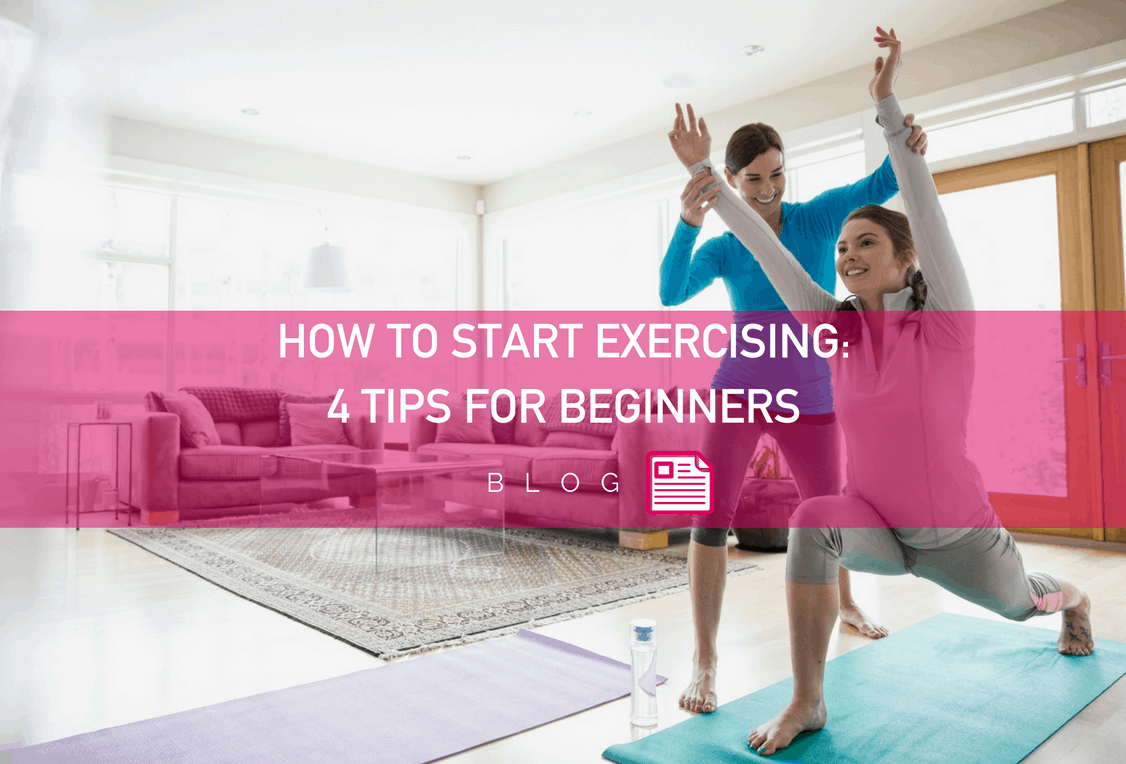
Making the decision to start exercising is a huge step, one that will help shape your lifestyle, and your future health.* It can also be hugely intimidating, leaving you to wonder, where do I begin?
If you’re new to exercising, one of the most important things to know about getting started is that it’s best to start slow. Easing into a regular workout routine can help prevent injury and shock to your body, due to over-exercising. It also sets the foundation for maintaining healthy workout habits right from day one.
How to Start Exercising
 1. Research
1. Research
There are many effective ways to exercise. You can go solo, or join a class, workout from home, or join a gym – you can even choose to work out on land, or on water!
Before you settle on how you want to exercise, do a little research on the cost and quality of gyms close by, and whether or not there are any local groups that pique your interest. Here’s a sampling of some of the types programs you may find to join:
Here are a few fun and popular exercise programs you may want to learn more about:
- Zumba: A non-choreographed dance workout, that’s super fun and high-energy.
- Pilates: A system of exercises done on a mat or using a special machine that focuses on full body strength using your own body weight. There will be a lot of core strengthening.
- Yoga: A series of exercises that require holding body positions, while focusing on breathing. There are many types of yoga, such as hot, hatha, power, etc.
- Spin/Cycle: Indoor bike riding on a bike machine. Tends to be a high-intensity, fast-paced workout.
-
HIIT: A mode of exercise that alternates between low/moderate intensity levels and high-intensity levels. Generally encompasses movements such as burpees, high-knees, and push-ups.
2. Maintain a Healthy Diet
Exercising is only part of the healthy living equation. A healthy diet is the other. When you combine a healthy, balanced diet with regular exercise, you’re helping your body get the full of benefits of both.
 3. Nail the Warm-Up
3. Nail the Warm-Up
Doing a warm-up before getting started helps ease your body into the exercise. It also helps prevent muscle injury, get your heart ready, and mentally prepare you.
Dynamic warm up exercises can be done before most workouts. This is referred to as “active stretching” and involves movement versus static stretching (staying in place and stretching a muscle for an extended period of time).
Here are a few examples of dynamic, easy to execute, warm-up exercises:
- Walking lunges
- Frankensteins
- Step forward, touch your toes
- High knees and butt kicks
4. Get Enough Sleep
Maintaining a quality sleep cycle will help ensure that you’re energetic enough to do your workouts. It’s detrimental to try and exercise when you’re tired, and it can also lead to injury. Plan your nights so that you get to bed at a reasonable time.
*If unsure, include your doctor in your decision to help determine which exercise are best for you.

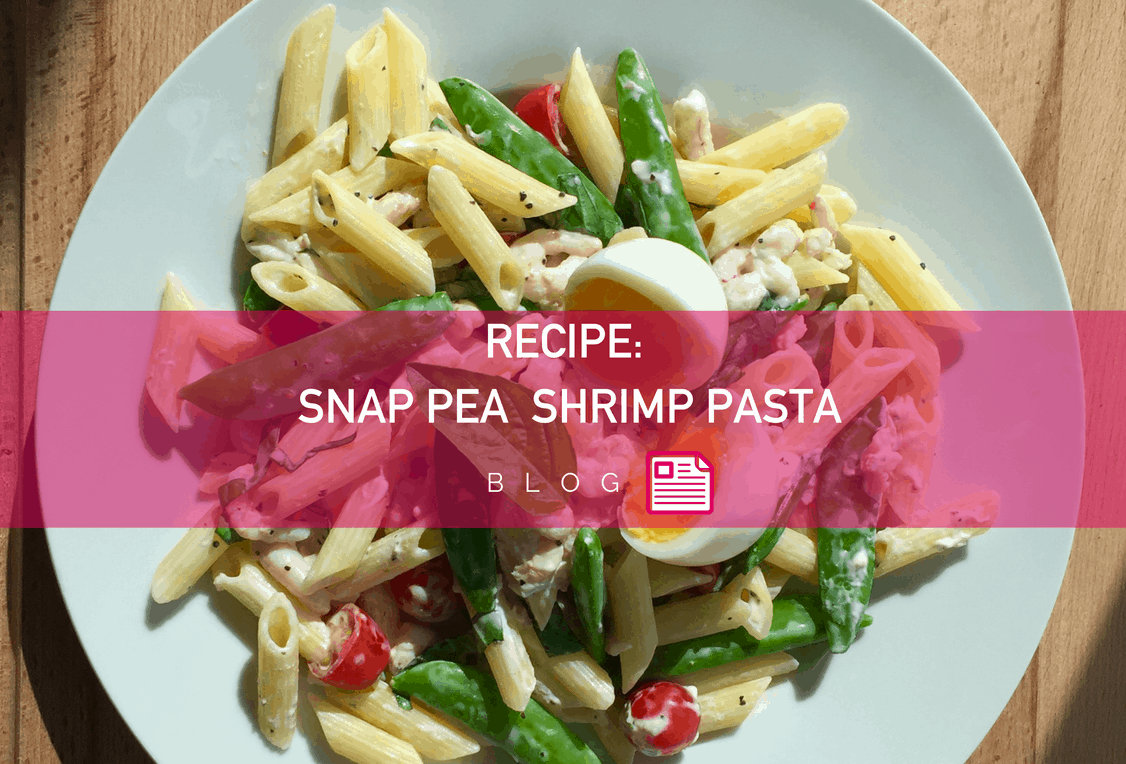
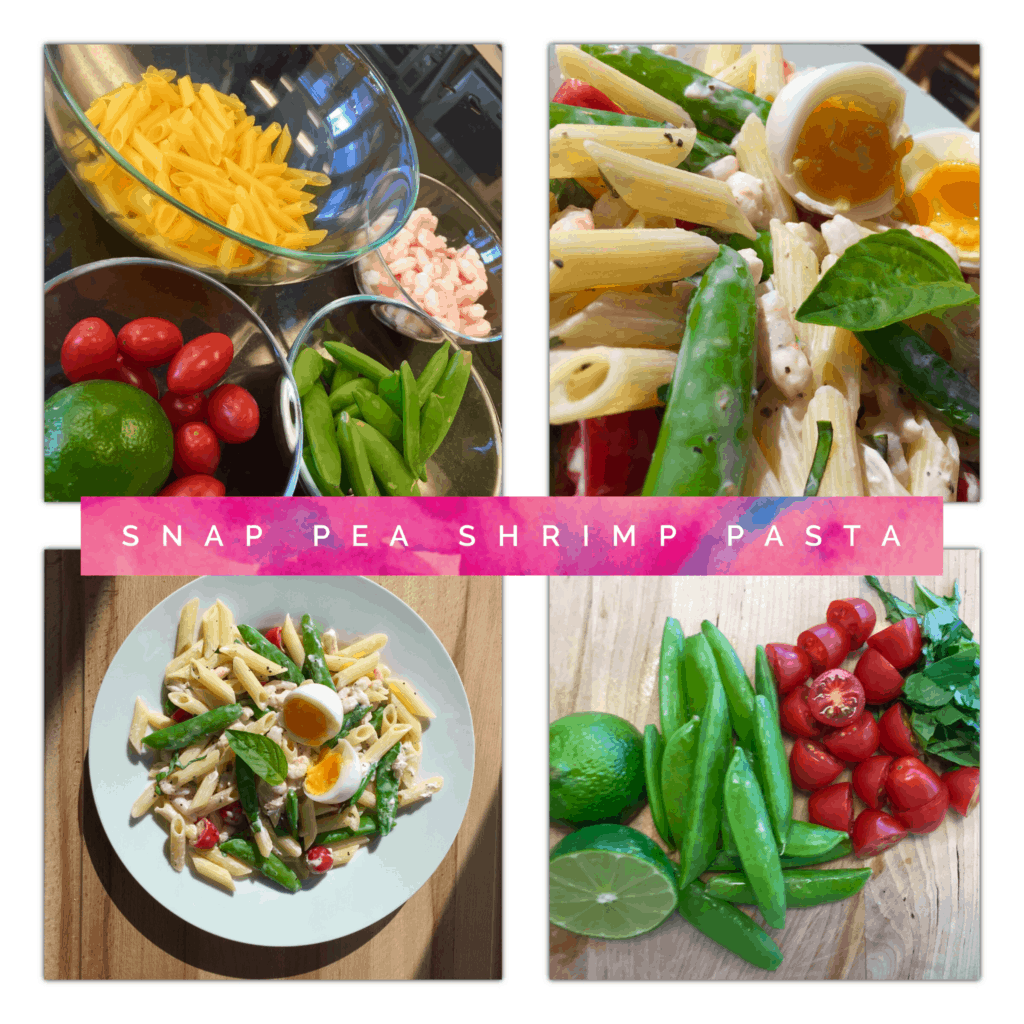

 Learning to Differentiate Between Cravings and Hunger
Learning to Differentiate Between Cravings and Hunger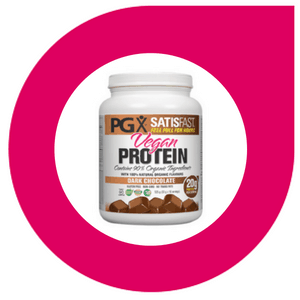 Try PGX!
Try PGX!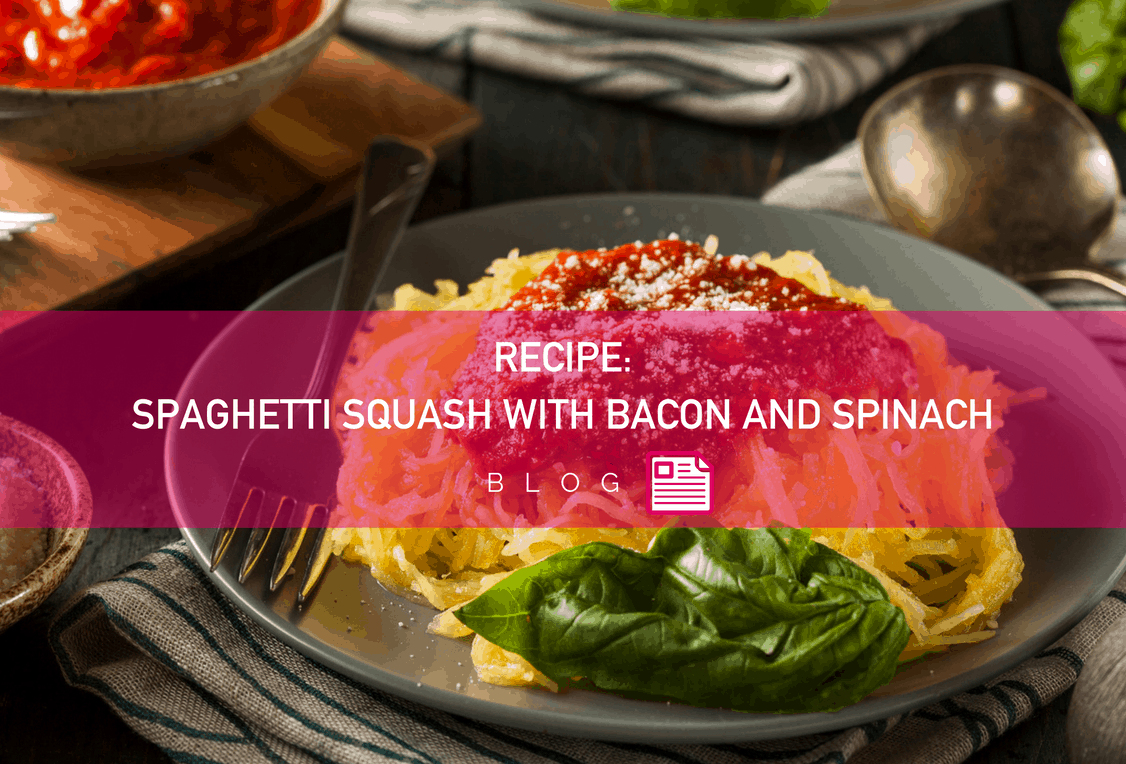

 Water and Our Body
Water and Our Body The Benefits of Infused Water
The Benefits of Infused Water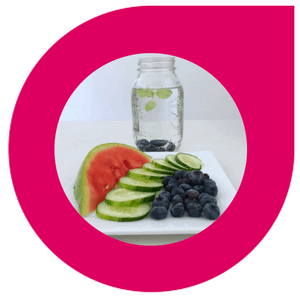 How to Infuse Water
How to Infuse Water


